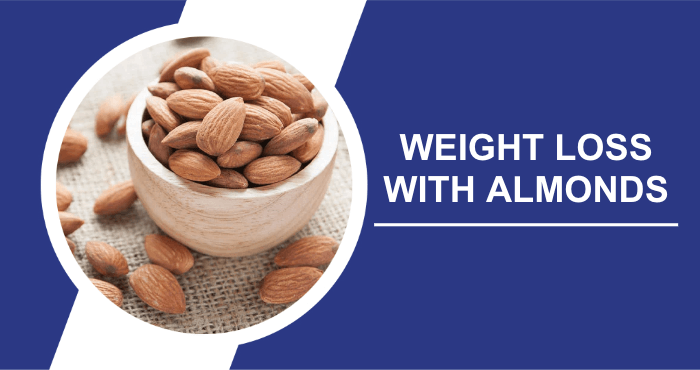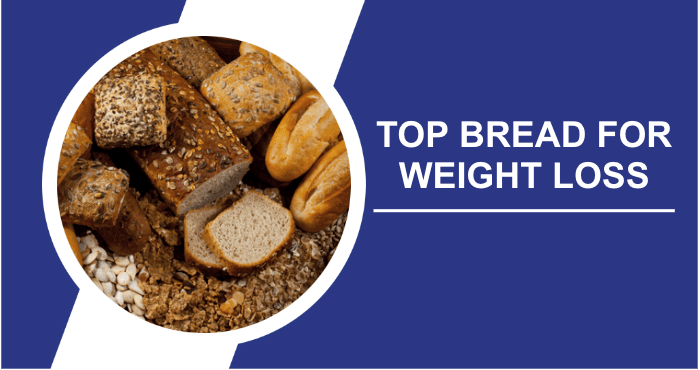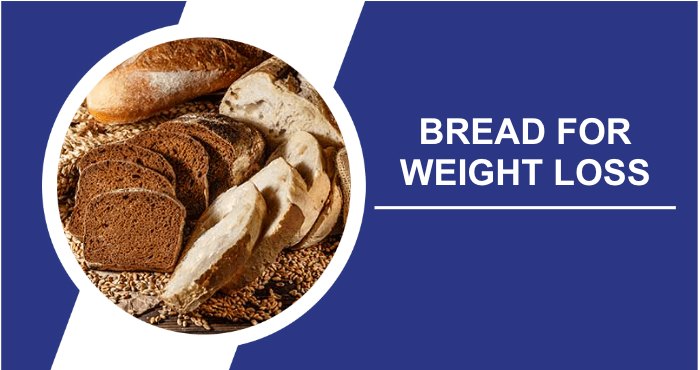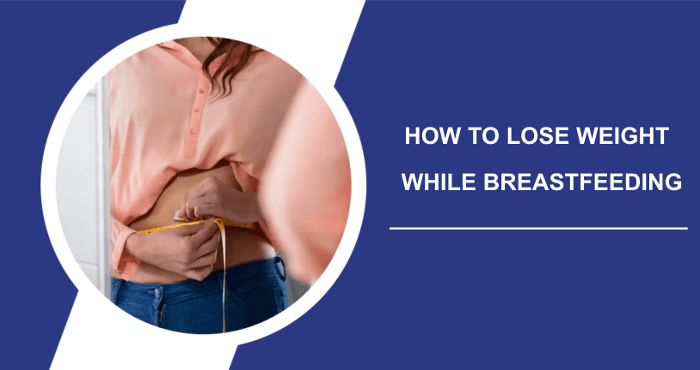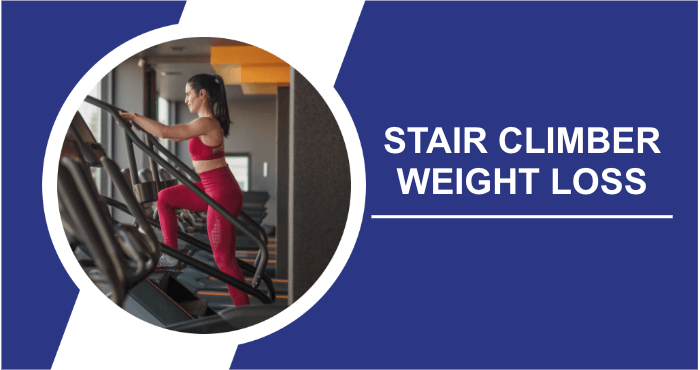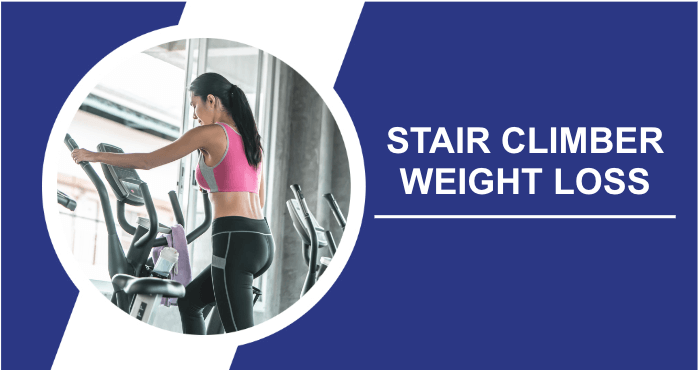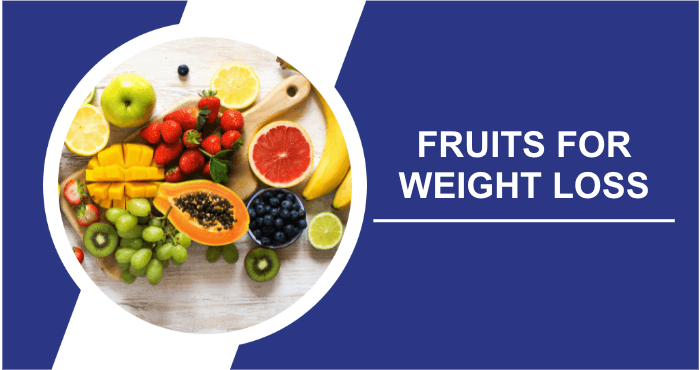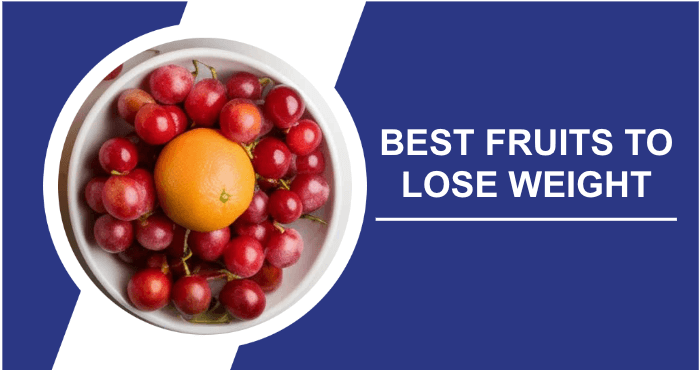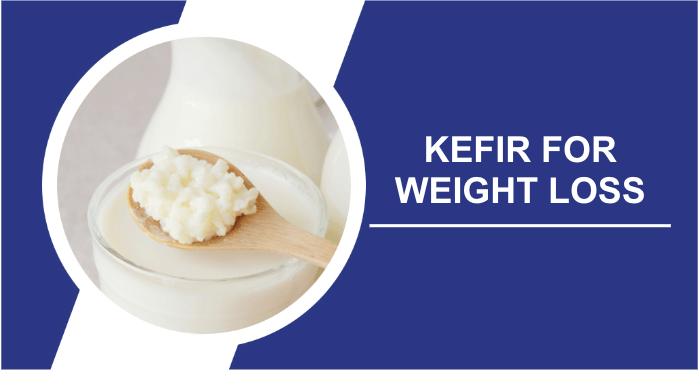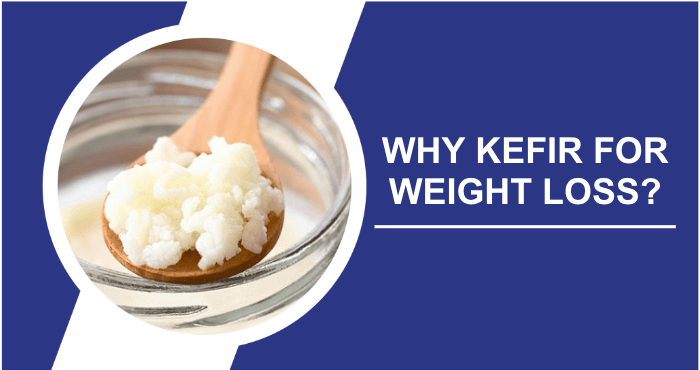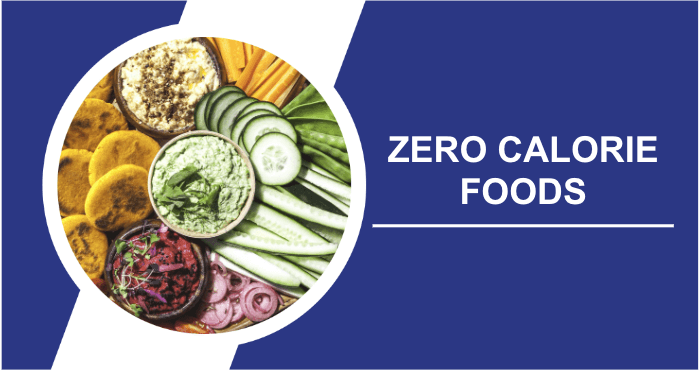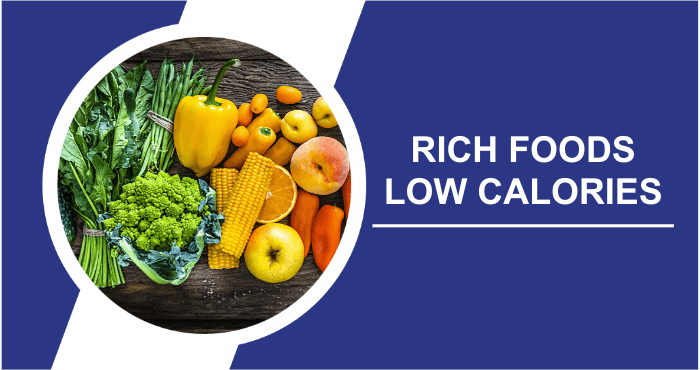Almonds, known for their abundance of fats make for a great source of protein. These nutritious nuts can be a choice if you’re looking for a healthy snack or a tasty addition to your main course. The benefits that almonds offer to our health come from their rich composition. Now you might wonder if consuming almonds can actually aid in weight loss. Lets delve into how these nutritious nuts can fit into your weight loss plan and discover the truth behind it.
Is Including Almonds In Your Diet Good For Weight Loss?
Incorporating almonds into your diet brings the advantage of monounsaturated and polyunsaturated fats, which contribute to overall wellbeing. Having a diet that consists of foods plays a vital role, in both shedding those extra pounds and maintaining an ideal weight.
What Are Almonds?
Almonds, which are classified as tree nuts grow on trees known as Prunus dulcis. These nuts originated in the central regions of Asia and thrive in climates similar to the Mediterranean. The discovery of almonds dates back around 5.88 million years.
Nowadays most almonds are commercially produced, although there are still 30 wild species. Almonds have been favored for years and their popularity among consumers has significantly increased in the past decade. California, as the worlds producer is responsible for 65% of global almond production.
The rise in popularity can be attributed to the health benefits associated with almonds. While they can be consumed raw and whole people often prefer to buy them pre roasted and flavored or even pre halved or sliced. Furthermore a wide range of almond based products such as almond milk, almond butter and almond paste are readily available, in the market.
What Are The Different Types Of Almonds?
There are types of almonds such as sweet and bitter as well as specific varieties, like Nonpareil, Carmel and Butte. Sweet almonds are commonly enjoyed in meals and recipes while bitter almonds are used for extracting oil and adding flavor. Each variety has its distinct taste, size and shell properties that impact how they are used in cooking and various commercial uses.
Can Almonds Help With Weight Loss?
Like soup, almonds are a good choice for those looking to shed some pounds. They contain monounsaturated fats and beneficial polyunsaturated fats. Along with being rich in vitamins and minerals almonds also provide fiber, phytosterols and polyphenols. The Dietary Guidelines for Americans suggest replacing fats with these healthier fats as part of a balanced diet.
Moreover research indicates that despite their calorie content nuts do not contribute to weight gain. In fact they might even assist in weight loss. Reducing body fat by improving insulin resistance.
As for almond butter it can be an addition to your diet if consumed moderately alongside other whole foods due, to its healthy unsaturated fat content.
Benefits Of Including Almonds In Your Diet
1. Controlling Appetite
A scientific symposium held in 2020 explored the concept of satiety. Summarized its findings in an article. It highlighted that almonds, known for their digestion process can effectively promote a feeling of fullness and reduce hunger. The ability of almonds to regulate appetite is related to their protein, fiber and fat content. While we already have some understanding of how protein and fiber affect appetite control further studies are required to explore how exactly almonds contribute to managing ones appetite and influencing weight control.
2. Gut Microbiome
The gut microbiome, which has an impact on the risk of obesity and chronic diseases like metabolic syndrome and diabetes was the subject of a comprehensive analysis in 2021. This analysis examined 64 randomized trials to investigate the link between almond consumption and gut microbiota. While more research is needed preliminary studies suggest that almonds can enhance diversity and contribute to a healthier gut microbiota.
3. Improve Heart Health
Almonds provide a source of monounsaturated fats, which are known for their positive impact on heart health. By consuming these fats you can lower LDL cholesterol levels often referred to as “bad” cholesterol and in turn reduce the risk of heart disease and stroke.
4. Source Of Antioxidants

Almonds are a source of vitamin E providing 45% of the Daily Value in just one ounce. Vitamin E is a micronutrient known for its antioxidant properties. Antioxidants play a role in protecting our cells from damage caused by free radicals – harmful byproducts of metabolism that speed up aging. This is significant because free radical damage not contributes to aging signs but also increases the risk of heart disease and cancer. Ensuring an intake of vitamin E, on a regular basis is an important aspect of maintaining a balanced diet.
5. Managing Diabetes
Research has indicated that replacing trans fats with monounsaturated and polyunsaturated fats can decrease the likelihood of developing type 2 diabetes. This connection is attributed to the consumption of fats, which improve insulin sensitivity.
A recent review conducted in 2019 examined two studies and arrived at similar conclusions. The findings suggested that individuals with type 2 diabetes who consumed amounts of polyunsaturated fats had a reduced risk of mortality. These results further support the idea that including fat rich foods like almonds in ones diet can be beneficial for those, with diabetes.
6. Managing High Blood Pressure
One benefit for heart health that can be attributed to almonds is their rich content of magnesium, calcium and potassium. According to the Global Hypertension Practice Guidelines released by the International Society of Hypertension in 2020 incorporating foods that’re abundant, in these minerals such as almonds and various nuts into your diet may help in preventing high blood pressure.
How Fast Can I Lose Weight With Almonds?
Incorporating almonds into your diet can be beneficial for weight loss because they are rich in protein and fiber which help you feel satisfied. However the amount of weight you may lose will vary depending on factors like your diet, lifestyle and metabolism. It’s important to note that almonds alone won’t provide a solution; they should be part of a well balanced diet and healthy lifestyle. It’s also crucial to avoid overeating them as they can contribute to calorie intake.
As a guideline a safe rate of weight loss is around 1 2 pounds per week. Remember to seek personalized advice from a healthcare professional, for optimal results.
Almond Nutritional Information
As previously mentioned almonds are packed with nutrients. Here’s a detailed breakdown of their profile. For every quarter cup (36 grams) of unroasted almonds you can expect;
- Calories; 207 kilocalories
- Protein; 7.5 grams
- Total fat; 17.85 grams
- Saturated fat; 1.36 grams
- Monounsaturated fatty acids; 11.3 grams
- Polyunsaturated fatty acids; 4.4 grams
- Total carbohydrates; 7.73 grams
- Dietary fiber; 4.48 grams
- Total sugars; 1.56 grams
- Calcium content; 96.25 milligrams
- Magnesium content ;96.5 milligrams
- Phosphorus content ;172 milligrams
- Potassium content ;262.5 milligrams
- Sodium content ;0.36 milligrams
- Folate content ;15.73 micrograms
- Vitamin E content ;9.15 micrograms
From the information above it’s evident that almonds offer an abundant source of monounsaturated and polyunsaturated fats while keeping saturated fat to a minimum level.Though they are considered high, in calories and energy dense almonds have low sugar and provide a good dose of fiber as a complex carbohydrate.Plain almonds have sodium levels; however salted or flavored varieties may contain higher amounts of sodium.
Are There Any Scientific Studies That Confirm Weight Loss With Almonds?
Yes there have been studies indicating that almonds can assist in weight loss. According to a study published in the International Journal of Obesity incorporating almonds into a diet that restricts calorie intake has shown weight loss benefits compared to consuming complex carbohydrates as a snack. The reason behind this could be attributed to the protein and fiber content found in almonds, which helps promote feelings of fullness potentially leading to reduced overall calorie consumption.
Additionally the monounsaturated fats present in almonds might also contribute to managing weight. However it is important to exercise moderation due to their high caloric density. These findings suggest that including almonds, in a weight loss diet can be advantageous when consumed responsibly.
How Should Almonds Be Consumed For Weight Loss?
When including almonds in a weight loss program it’s important to incorporate them into a balanced diet. A weight loss diet doesn’t differ significantly from an overall diet. It’s crucial to consume a variety of vegetables fruits, whole grains, healthy fats and lean proteins—all essential, for maintaining a lifestyle and achieving or sustaining a desirable body weight. Adding almonds to your eating routine offers a way to get healthy fats and plant based protein. You can enjoy almonds in tasty ways whether as a quick bite or, as part of your main dishes.
1. Breakfast
- Spread some almond butter on a slice of whole grain toast.
- Make a protein packed morning smoothie using almond milk.
- Add almond slices to your morning oatmeal or porridge.
2. Snack
- Enjoy a handful of almonds for an energizing mid afternoon snack.
- Experiment with spice blends and roast almonds at home in the oven.
- Make on the go energy balls using almond butter as the base.
- Create your trail mix with almonds, as the star ingredient.
- Bake homemade granola bars that include almonds.
3. Lunch/Dinner
- Sprinkle almond slices over your mixed green salad.
- Give a roast chicken a crunch by adding some sprinkled almond slices.
- Prepare a gluten free and vegetarian quinoa dish using almonds as your protein source.
The Potential Dangers Of Eating Almonds
One concern with almond consumption is the risk of gaining weight especially if they are not consumed in moderation. Another significant issue is the possibility of consuming sodium when purchasing pre seasoned or salted almonds. Although seasoned almonds are generally considered nutritious consuming much sodium can have negative effects on health. High levels of sodium can lead to conditions such as blood pressure, heart and cardiovascular diseases and even stroke.
Always make sure to check the nutrition facts and limit your intake of salted almonds. The American Heart Association advises keeping salt intake below 140 milligrams per serving. It is recommended not to exceed 2300 milligrams of salt per day with a daily amount suggested at 1500 milligrams according to the AHA.
How Much Almonds Should I Eat Per Day To Lose Weight?
The recommended daily serving of almonds is a quarter cup. While its not necessary to incorporate that amount into your diet for weight loss including a quarter cup of almonds can contribute to a well balanced diet. When it comes to any diet, moderation and variety are factors.
Who Should Avoid Almonds When Trying To Lose Weight?
If you have a nut allergy it’s best to steer of almonds. Moreover if you have kidney issues it’s important to be cautious about consuming almonds because they contain levels of oxalates. While almonds can be helpful for weight loss due to their protein and fiber content they are also calorie dense.
If you’re on a very low calorie diet or struggling with portion control incorporating almonds into your meals might pose challenges in staying within your calorie limits. Always remember to consider your dietary needs and seek advice from a healthcare professional, for personalized guidance.
Frequently Asked Questions
Can eating almonds help me lose weight?
Almonds can definitely support your weight loss journey. They’re packed with protein, fiber and healthy fats which can keep you feeling satisfied and full. This in turn can help curb your appetite and reduce your calorie intake.
How do almonds assist in weight loss?
Almonds are an ally when it comes to shedding those extra pounds mainly because of their nutritional composition. The fiber content in almonds increases satiety helping you consume calories throughout the day. Additionally the protein and healthy fats present in almonds can help preserve muscle mass and optimize your metabolic rate while you’re on a weight loss journey.
How almonds should I consume each day for weight loss?
In general its recommended to have a serving size of around 23 almonds ( 1 ounce or 28 grams) per day if you’re aiming for weight loss. This serving size allows you to reap the health benefits without adding calories since almonds are relatively high in calorie content.
Are there any potential downsides to including almonds in my weight loss plan?
While almonds are undoubtedly nutritious it’s important to practice moderation as they do come with a caloric value. Overindulging in almonds could contribute to consuming calories that might hinder your weight loss goals. Additionally individuals, with nut allergies should obviously avoid consuming any type of almond products.
Can almonds be included in any weight loss diet?
Absolutely! Almonds are incredibly versatile. Can easily be integrated into a wide range of diets, such, as low carb, Mediterranean and vegetarian diets. However it’s crucial to keep in mind the calorie and fat content of almonds when adding them to your meal plan. This way you can ensure that they align with your dietary goals.
Conclusion
It’s worth noting that almonds are a source of nutrients. By consuming almonds you can benefit from their richness in monounsaturated fats, magnesium, calcium, potassium and fiber. Adding almonds to your diet can play a role, in your weight loss journey by helping with hunger control and increasing satiety.
If you opt for salted or flavored almonds be mindful of the sodium content to avoid salt intake. Also keep in mind that while moderation is crucial. Overindulging in healthy options can have negative effects. Consuming the right amount of almonds can greatly contribute to your overall health benefits.
Sources
- Massantini, R. & Frangipane, M.T. (2022). “Progress in Almond Quality and Sensory Assessment: An Overview.” Agriculture, 12(5), p.710. Link.
- Barreca, D. et al. (2020). “Almonds (Prunus Dulcis Mill. D. A. Webb): A Source of Nutrients and Health-Promoting Compounds.” Nutrients, 12(3), p.672. Link.
- U.S. Department of Agriculture and U.S. Department of Health and Human Services. (2020). “Dietary Guidelines for Americans, 2020-2025.” Link.
- Oup.com. (2023). Link.
- Usda.gov. (2023). “FoodData Central.” Link.
- Usda.gov. (2023). “FoodData Central.” Link.
- Medlineplus.gov. (2020). “Facts about monounsaturated fats: MedlinePlus Medical Encyclopedia.” Link.
- Evert, A.B. et al. (2019). “Nutrition Therapy for Adults With Diabetes or Prediabetes: A Consensus Report.” Diabetes Care, 42(5), pp.731–754. Link.
- Jiao, J. et al. (2019). “Dietary fats and mortality among patients with type 2 diabetes: analysis in two population-based cohort studies.” BMJ, p.l4009. Link.
- Unger, T. et al. (2020). “2020 International Society of Hypertension Global Hypertension Practice Guidelines.” Hypertension, 75(6), pp.1334–1357. Link.
- Mandalari, G. (2020). “Symposium ‘understanding and managing satiety: processes and opportunities’.” Journal of Nutritional Science, 9. Link.
- Dreher, M.L. (2021). “A Comprehensive Review of Almond Clinical Trials on Weight Measures, Metabolic Health Biomarkers and Outcomes, and the Gut Microbiota.” Nutrients, 13(6), p.1968. Link.
- Nih.gov. (2020). “Office of Dietary Supplements – Vitamin E.” Link.
- National Cancer Institute. (2017). “Antioxidants and Cancer Prevention.” Link.
- CDC (2021). “Sodium.” Centers for Disease Control and Prevention. Link.
- Center (2022). “Sodium in Your Diet.” U.S. Food and Drug Administration. Link.
